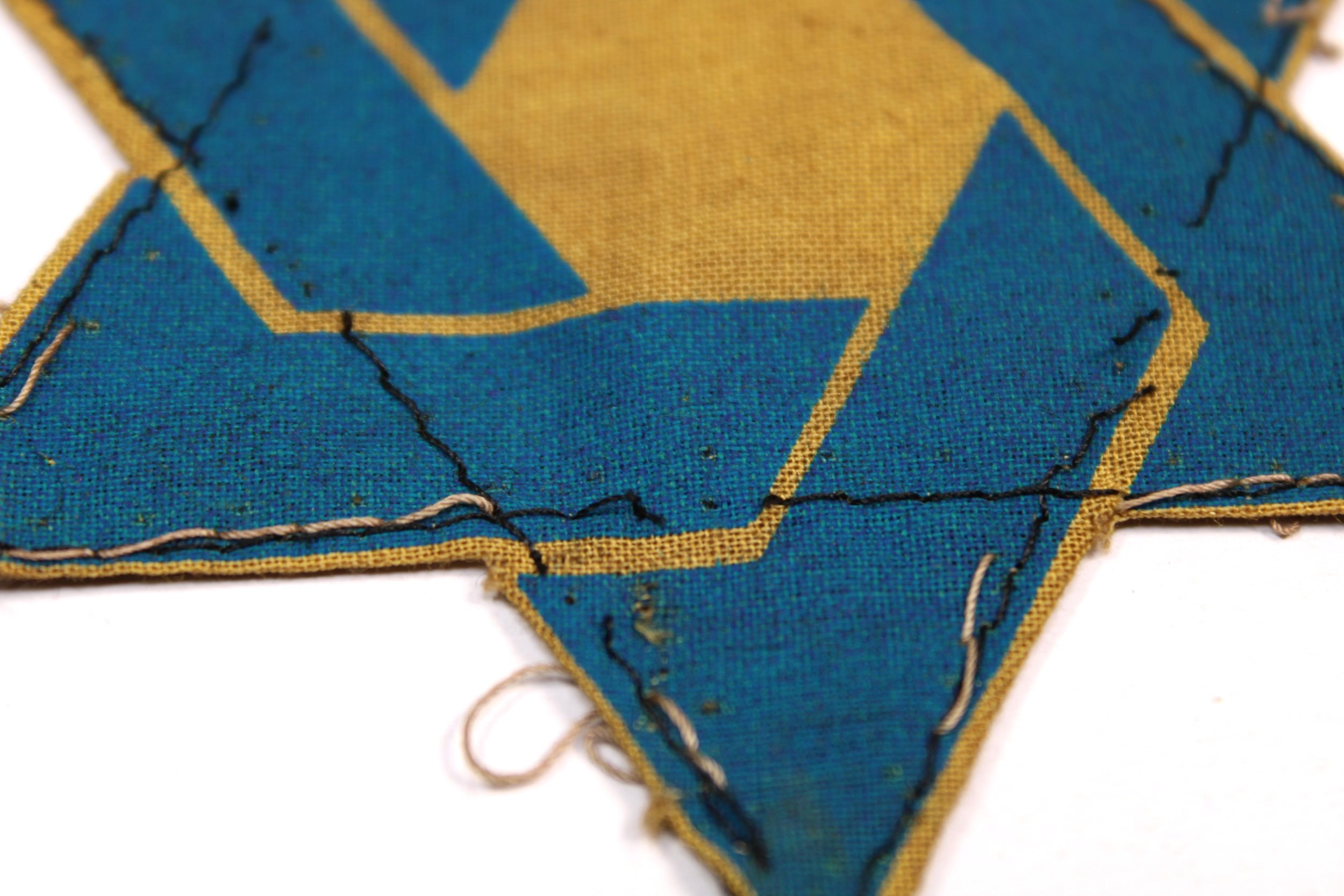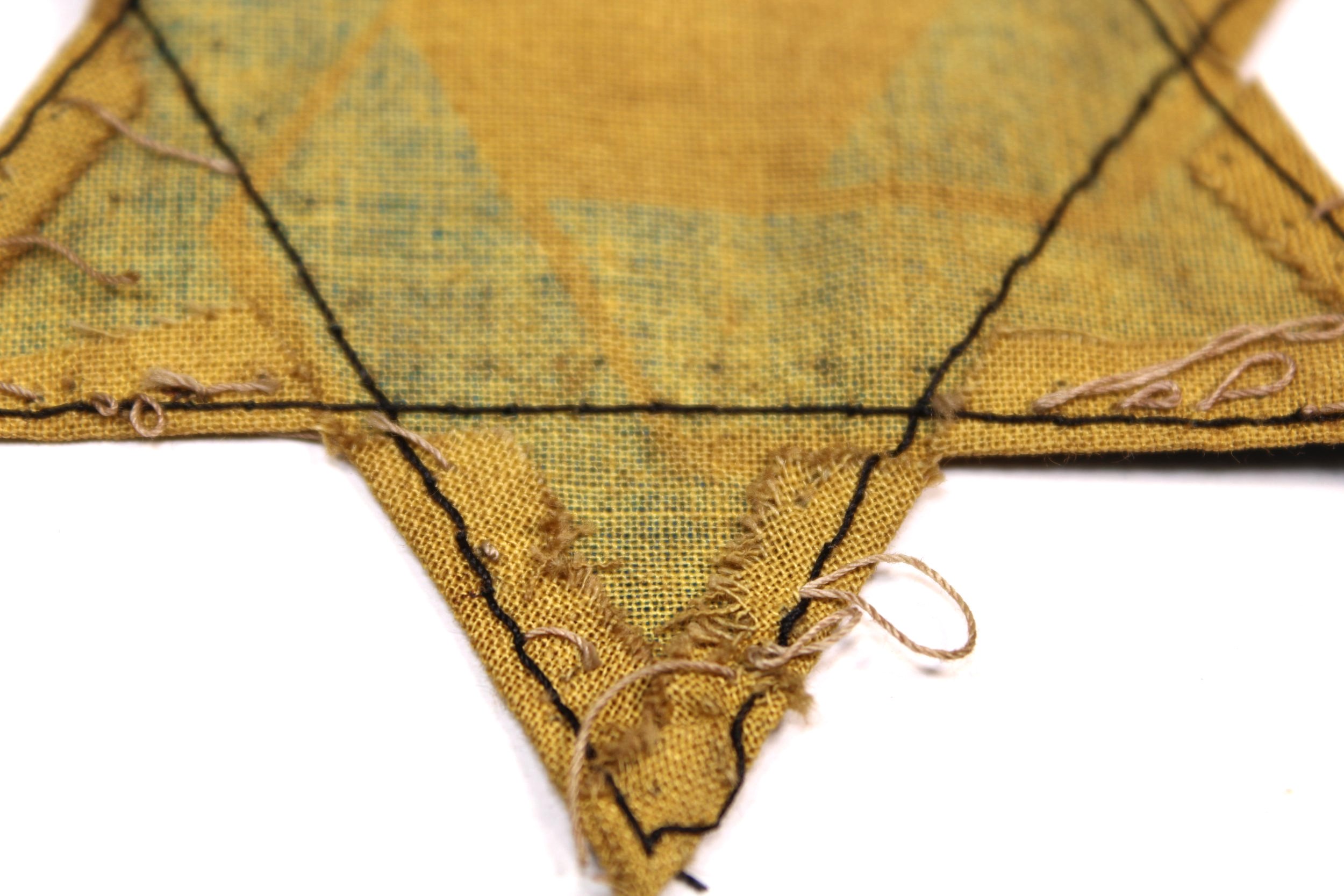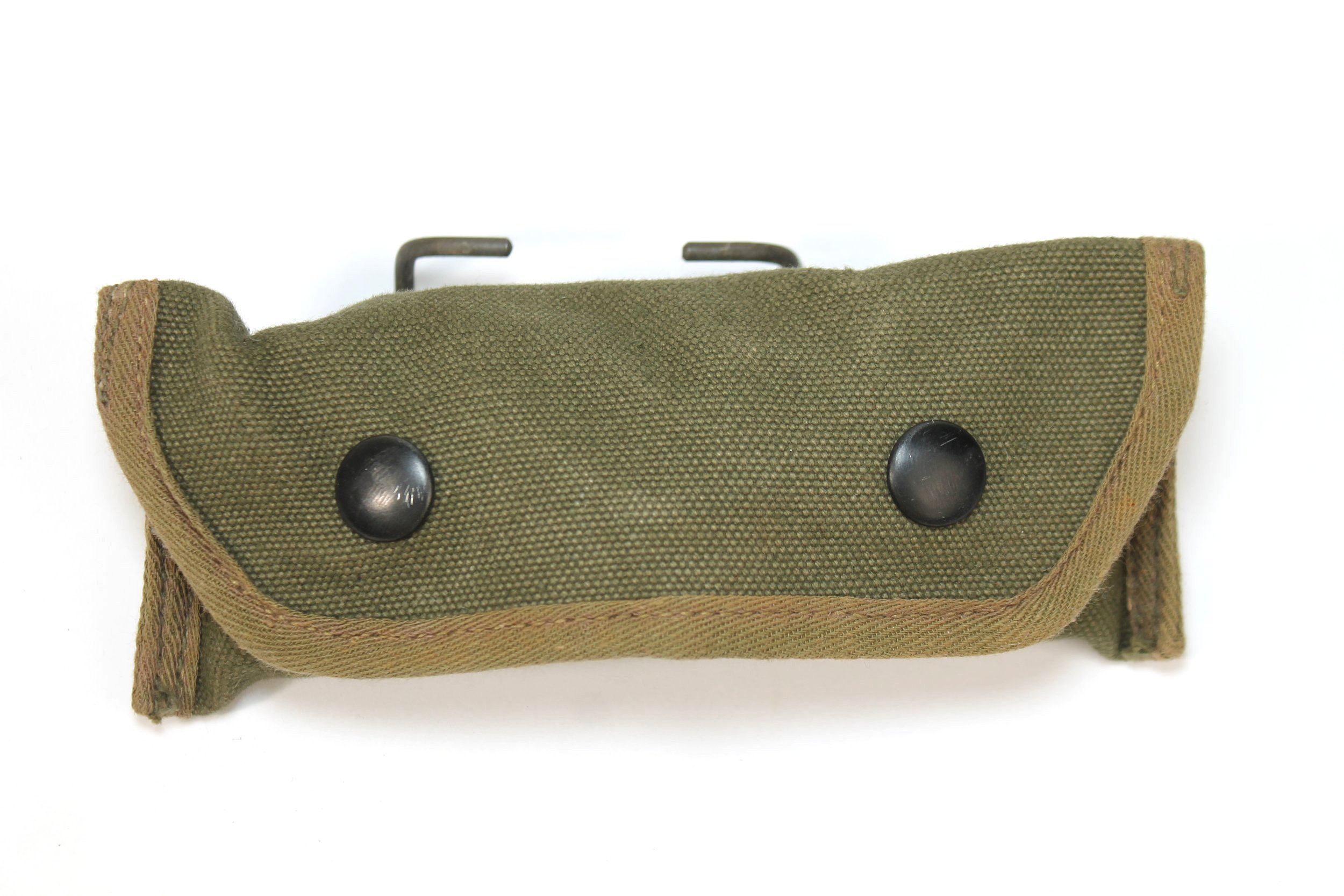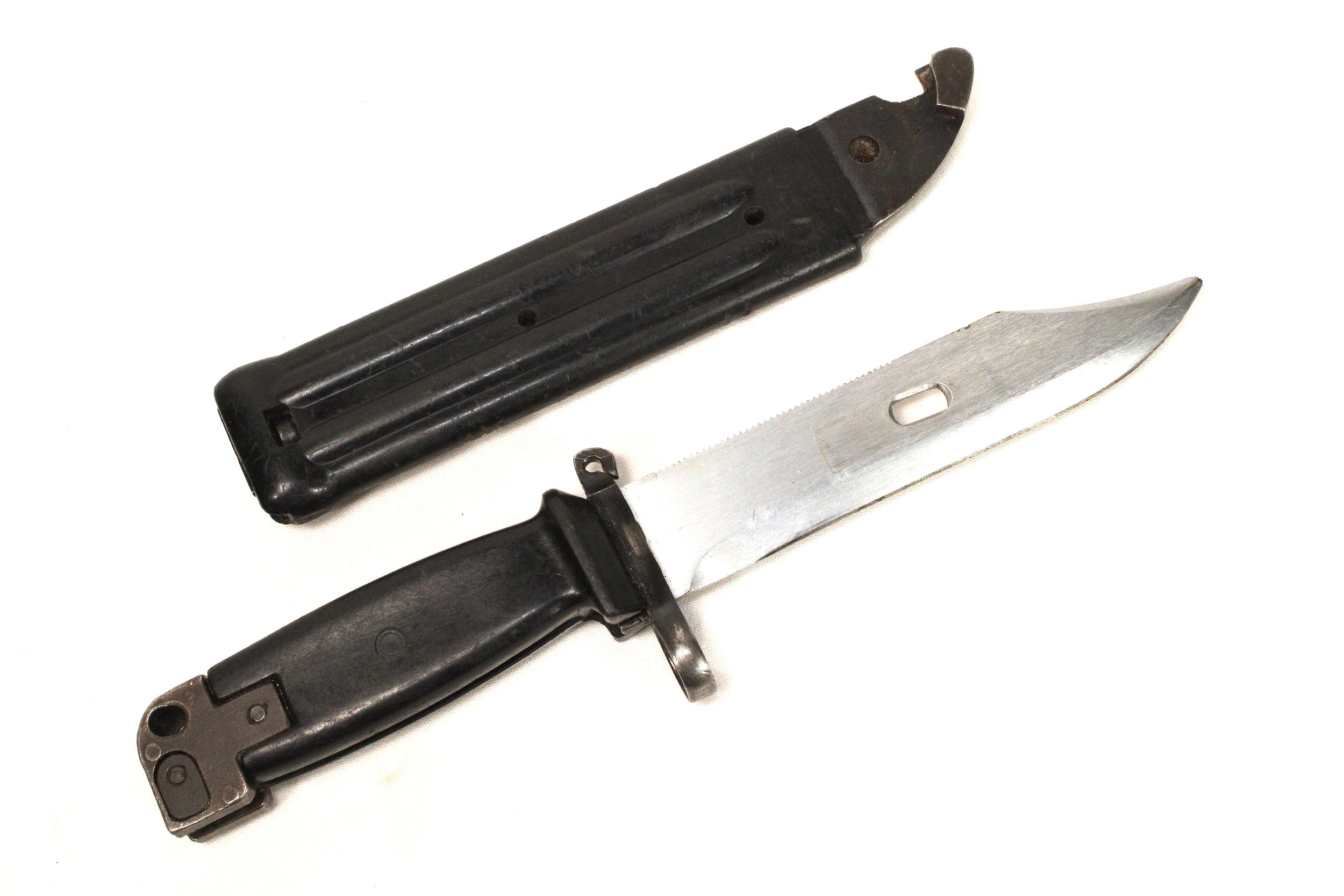 Image 1 of 3
Image 1 of 3

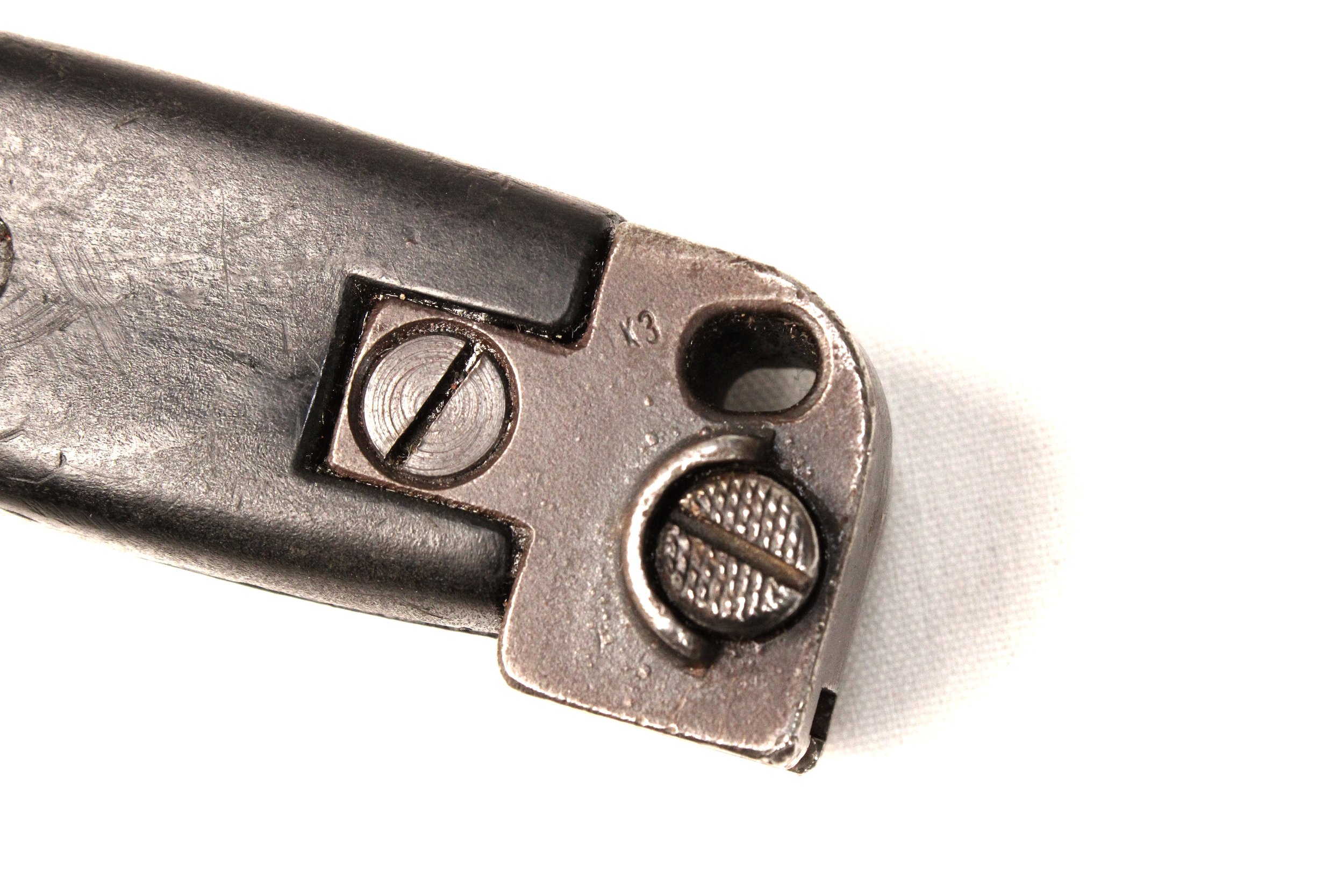 Image 2 of 3
Image 2 of 3

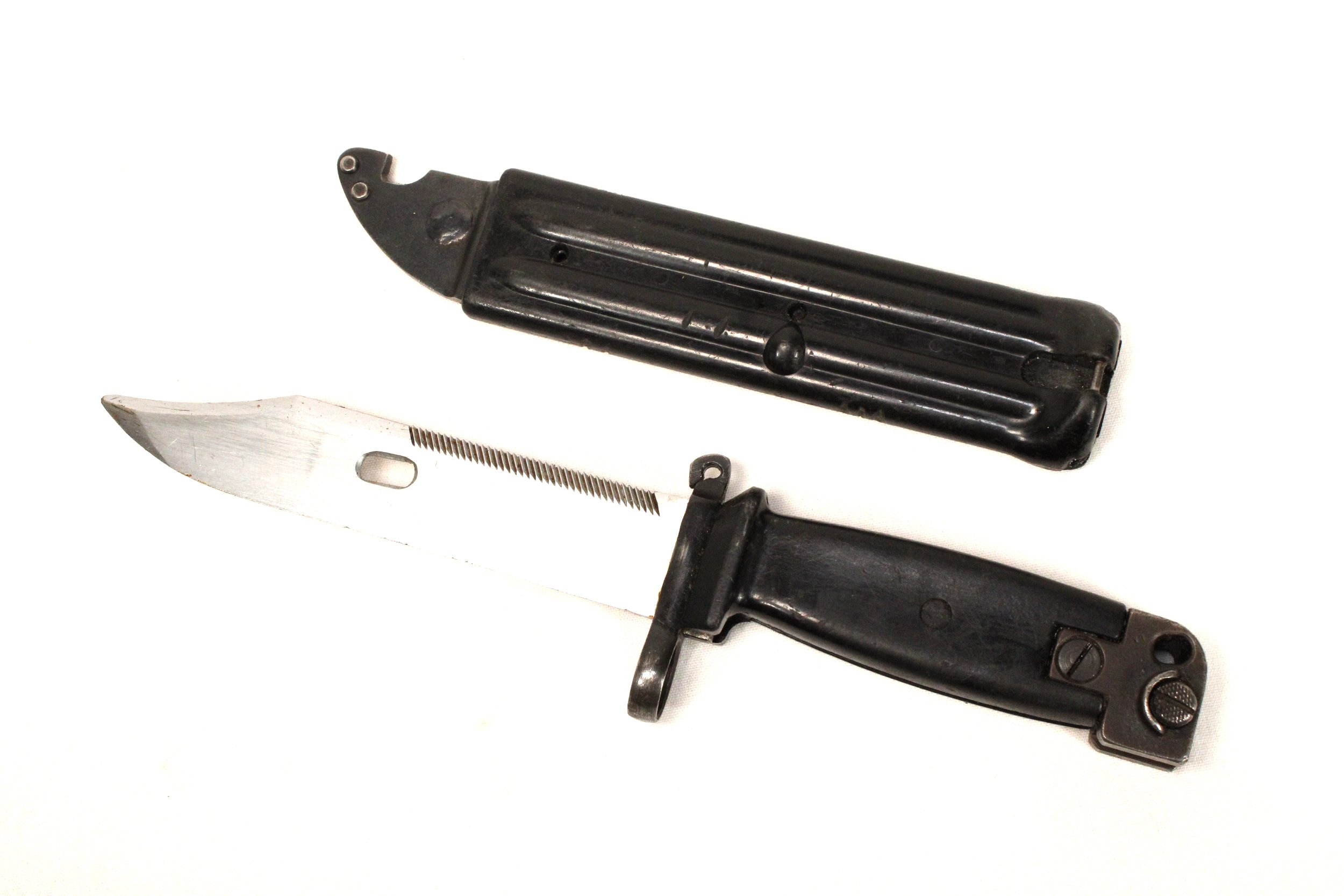 Image 3 of 3
Image 3 of 3




AKM Type II Bayonet AK47 / AK74
Wire cutter lug is gone.
The improved AKM Type II bayonet was introduced in 1965 and brought with it two significant changes. A squared-off steel pommel was added, to address the fragile nature of the Type I's bulbous plastic pommel. Revolutionary as it was, the Type I design couldn't change soldiers, who seem naturally inclined to use the pommel as a hammer. The second major change was a new scabbard. Advances in plastics technology had reached the point where the scabbard body could be made of molded plastic, with only a metal end for the wirecutter. This eliminated the need for a rubber insulator, as the plastic scabbard body was non-conductive.
Wire cutter lug is gone.
The improved AKM Type II bayonet was introduced in 1965 and brought with it two significant changes. A squared-off steel pommel was added, to address the fragile nature of the Type I's bulbous plastic pommel. Revolutionary as it was, the Type I design couldn't change soldiers, who seem naturally inclined to use the pommel as a hammer. The second major change was a new scabbard. Advances in plastics technology had reached the point where the scabbard body could be made of molded plastic, with only a metal end for the wirecutter. This eliminated the need for a rubber insulator, as the plastic scabbard body was non-conductive.
Wire cutter lug is gone.
The improved AKM Type II bayonet was introduced in 1965 and brought with it two significant changes. A squared-off steel pommel was added, to address the fragile nature of the Type I's bulbous plastic pommel. Revolutionary as it was, the Type I design couldn't change soldiers, who seem naturally inclined to use the pommel as a hammer. The second major change was a new scabbard. Advances in plastics technology had reached the point where the scabbard body could be made of molded plastic, with only a metal end for the wirecutter. This eliminated the need for a rubber insulator, as the plastic scabbard body was non-conductive.









